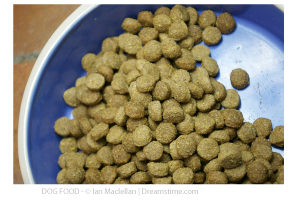Buyer’s guide to dog bowls
There are as many choices for dog dishes as we have for ou r own dinnerware. So many designer patterns and just fun bowls to choice from that making a decision can be difficult. Choose a bowl based on your dog’s needs.
r own dinnerware. So many designer patterns and just fun bowls to choice from that making a decision can be difficult. Choose a bowl based on your dog’s needs.
- For our larger friends, an elevated bowl is much better for digestion. Vary the height based on your dog’s height. The optimal height is six inches lower than the dog’s “withers” (aka back) for larger breeds and four inches lower for smaller breeds.
- If your pup has long floppy ears, tapered bowls are available to help keep his ears clean and dry.
- If your dog has a tendency to gulp food down all at once, this can cause a variety of health issues. Not to worry – there are bowls that are designed to help alleviate this problem by slowing down consumption. The JW pet skid slow feed bowl is one example. ( A freebie solution to this problem is to place another bowl or large object into your pet’s current bowl; your dog will have to work harder to get to the food – and therefore will eat slower!)
So, now you’ve picked a style of bowl. Let’s choose a type of material.
- Plastic bowls may be easily chewed and carried around, but they’re lightweight and portable.
- Metal bowls are easy to clean and not really chew toys but be aware that some dogs do not like to see their reflection while they’re eating.
- Heavy ceramic type bowls are especially nice if your dog tends to play with his empty bowl (or likes to carry it around a la Snoopy when he is hungry).
We’re pretty sure that your dog will not care about how pretty or color coordinated his food and water bowls are, but you might! Most dogs can’t read either, and would be perfectly happy to eat and drink out of bowls that say “cat”.